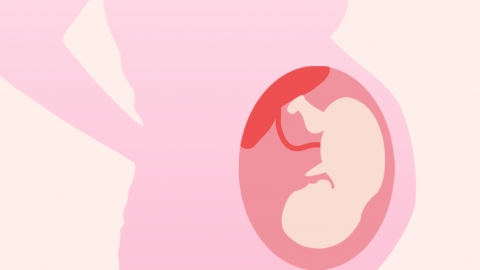Can the pregnancy still be saved if the water breaks at 22 weeks?
Under normal circumstances, if the amniotic sac ruptures at 22 weeks but the amniotic fluid volume remains sufficient, there are no signs of infection, and fetal development is normal, attempting to prolong the pregnancy under medical guidance may be possible. However, if the amniotic fluid volume is extremely low, there is a risk of infection, or fetal developmental abnormalities are present, continuing the pregnancy may not be feasible. If in doubt, it is recommended to seek medical advice promptly. Detailed analysis is as follows:

If after rupture of membranes the amniotic fluid volume remains within the normal range, maternal body temperature is normal, blood tests show no elevated markers of infection, and fetal ultrasound reveals no obvious developmental issues, then under close medical monitoring (such as using antibiotics to prevent infection and medications to suppress uterine contractions), efforts to prolong the pregnancy may be attempted. This aims to extend the gestational age and allow more time for fetal development, making it possible to sustain the pregnancy in such cases.
If after membrane rupture the amniotic fluid rapidly decreases or even runs out completely, the fetus loses its protective cushion and becomes prone to compression and hypoxia; or if the mother develops fever and elevated white blood cell count, indicating a risk of intrauterine infection; or if the fetus has severe structural abnormalities, continuing the pregnancy could pose greater risks to both maternal and fetal health. In these situations, preserving the pregnancy is usually not viable, and clinical decisions should follow physician recommendations.
After amniotic sac rupture at 22 weeks, immediate bed rest is essential to avoid physical activity that could worsen fluid loss. If symptoms such as intensified abdominal pain or fever occur, medical personnel should be informed immediately so that treatment plans can be adjusted promptly.




